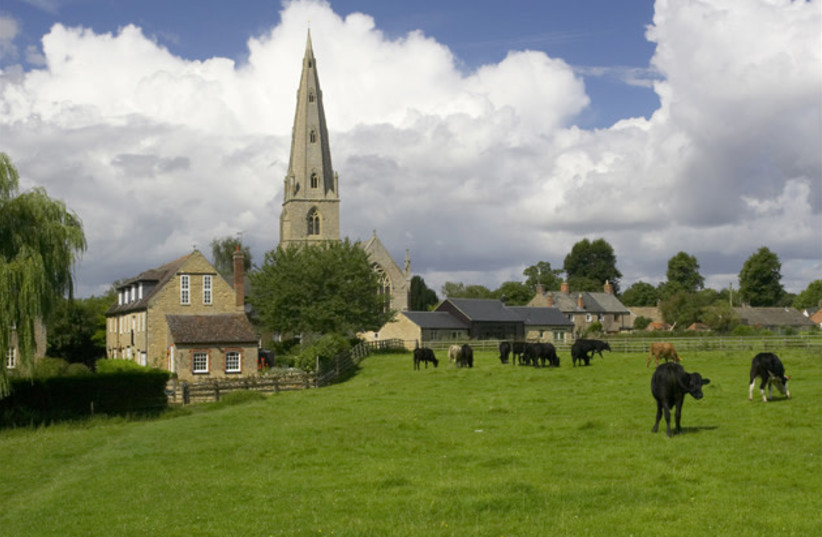A mosaic believed to have once been part of an ancient Roman villa and bathhouse was found at a construction site in the English town of Olney, the BBC reported. The site was uncovered by a from Oxford archeology.
Photos from the dig site reveal a colorful mosaic of brick tiles. Tiles of red, blue and white form various intricate patterns and shapes as archeologists from the dig scrape away dust and dirt.
The find reportedly extends under Olney’s Warrington Road and so will not be able to be uncovered. Nevertheless, the BBC reports that the archeologists describe what has so far been brought to light as “archaeological remains of high significance."
The Oxford archeology team was brought on by UK-based developer, Angle Property. The senior project manager at Oxford Archaeology, John Boothroyd, credited the developer company saying, "to be able to preserve remains of this quality and importance is a brilliant outcome, and one that could only have been achieved with the support of Angle Property."
How did they find the mosaic?
The Discovery of the mosaic was no accident. The area is home to a known Roman archeological site that extends from a stretch of Warrington Road through a parallel stretch of the neighboring Lavendon road.
Nevertheless, the discovery was beyond what archeologists had hoped to find. The BBC reported that Boothroyd said the discovery “far exceeded those expectations” of what they thought they may find prior to the dig.
It is yet to be announced how the discovery will affect the plans to build the proposed Aldi supermarket. Nevertheless, more information about the site will be forthcoming. The BBC reported that while the executive director of Angle, Anthony Williamson, said the discovery had "taken us all by surprise," he vowed the findings "will be fully recorded."

